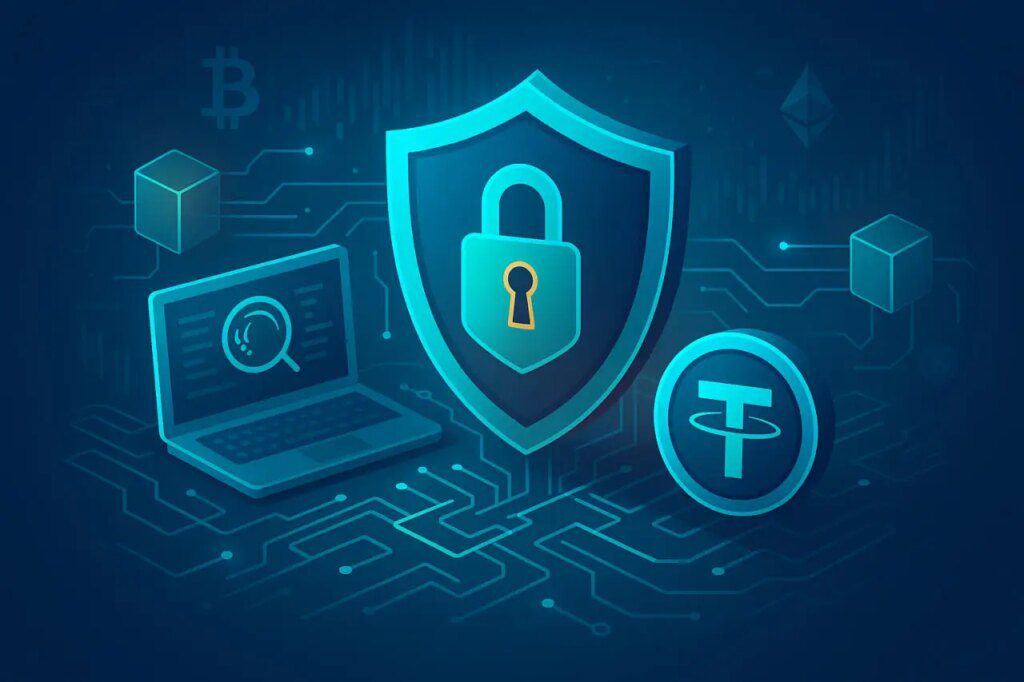
Mastercard is taking a major step toward simplifying how everyday users interact with digital assets by leveraging the Ethereum and Polygon network.
Related reading: Hoskinson v. Cardano Foundation: from Berlin parties to “useful idiots”
Through a new collaboration with Polygon Labs and payments infrastructure company Mercuryo, the global payments giant is rolling out email-style wallet aliases designed to make crypto transfers as intuitive as sending a message online.
The upgrade extends Mastercard’s Crypto Credential program to self-custodial wallets, replacing long, technical wallet addresses with human-readable identifiers. For millions of users intimidated by complex hexadecimal strings, this change could mark a turning point in mainstream crypto adoption.

ETH's price trends to the downside on the daily chart. Source: ETHUSD on Tradingview
A new identity layer for self-custody wallets
Under the new system, users can associate wallets such as MetaMask with a verified alias issued through Mercuryo. After completing the standard KYC checks, the user receives a simple username, similar to an email id, which directs the crypto to their self-custodial wallet.
Polygon powers the underlying infrastructure, providing low-cost transactions and rapid settlement. Wallets can also create a non-transferable “soul-bound” ID on Polygon, publicly confirming that they belong to a verified user.
Mastercard says this structure supports regulatory compliance, including travel rule requirements, without requiring users to relinquish control of their private keys.
Early access focuses on receiving funds via aliases, with outgoing sending expected later. Mastercard notes that this framework is designed as a portable verification layer that can be moved between applications, wallets and blockchains within the broader Crypto Credential network.
Why Mastercard chose Polygon for deployment
The selection of Polygon as the first supported network reflects its growing reputation as a mainstream blockchain designed for payments on a global scale. Its upgrades, including the Rio and Heimdall v2 updates, have increased throughput, improved finality, and reduced the risk of chain reorganization.
With billions of dollars of stablecoin activity flowing through Polygon each month, analysts say the network offers the reliability and low operating costs that large institutions demand.
Polygon Labs CEO Marc Boiron called the initiative “a moment where self-custody becomes simple,” noting that alias-based transfers make blockchain interactions feel like familiar fintech experiences rather than technical workflows.
Shaping the future of identity-based Web3 payments
For Mastercard, this rollout aligns with its broader strategy to connect traditional finance and decentralized networks. The company has been expanding its crypto services in 2024 and 2025, from debit card programs to on-chain settlement pilots.
By integrating identity, verification, and user-friendly interfaces into self-custody systems, Mastercard and Polygon are helping shape the next generation of digital payments.
Related reading: What happens to Ethereum price if it replicates the Bitcoin supercycle?
If widely adopted, alias-based transfers could redefine how users interact with Web3, reducing barriers and accelerating mainstream participation in blockchain-based finance.
Cover image from ChatGPT, ETHUSD chart from Tradingview

Editorial process as Bitcoinist focuses on providing thoroughly researched, accurate and unbiased content. We follow strict sourcing standards and every page undergoes careful review by our team of top technology experts and seasoned editors. This process ensures the integrity, relevance and value of our content to our readers.




